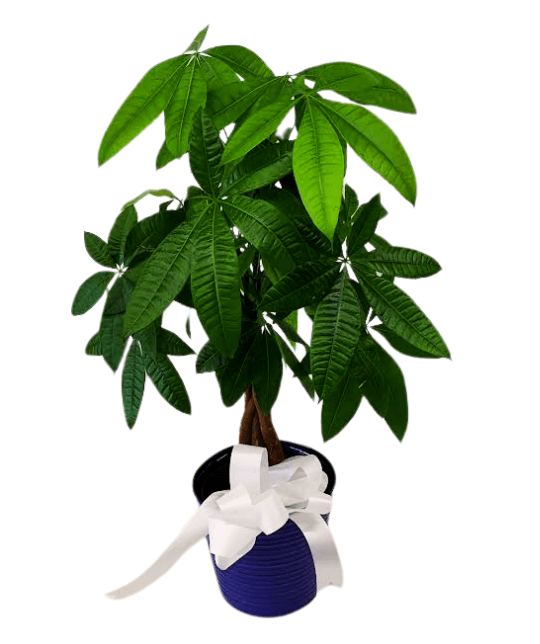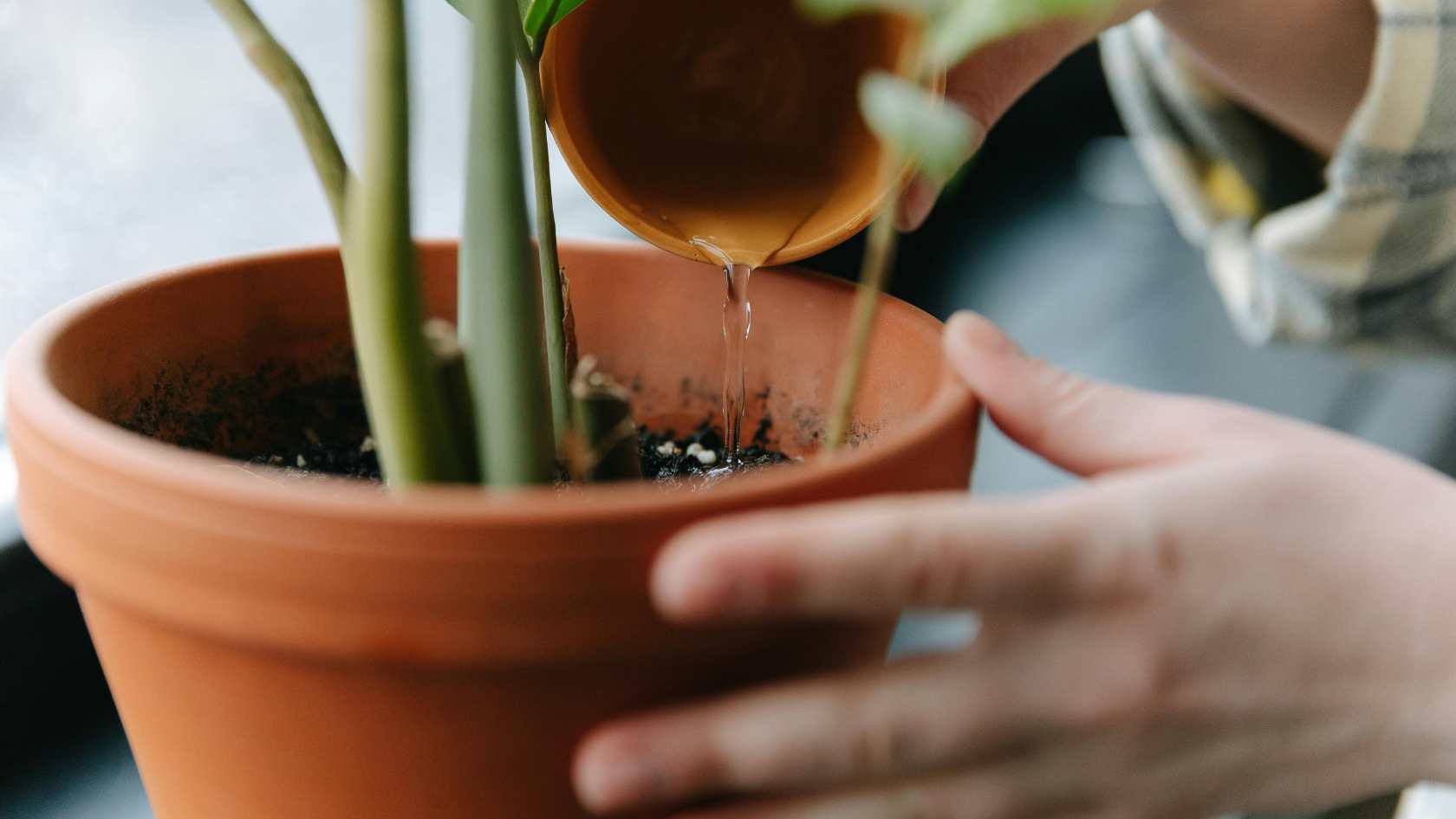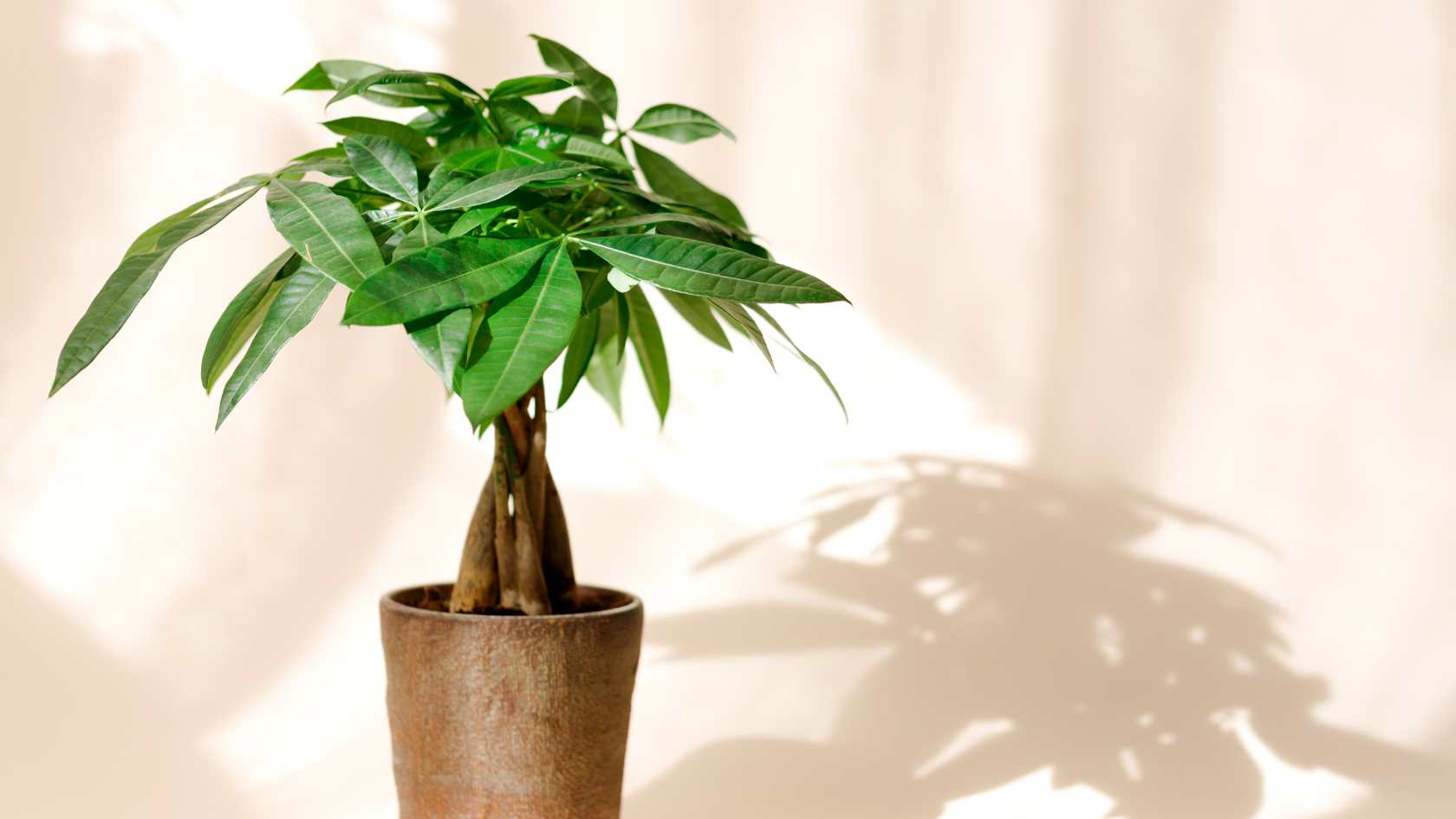Tips to Keep Your Money Tree Alive
The Money Tree, scientifically known as Pachira aquatica and also referred to as Guiana chestnut, Malabar chestnut, or water chestnut, is a popular plant with an intriguing backstory. Despite not bearing actual money, the name “Money Tree” comes from a folktale about a man who found this tree, sold its seeds, and became wealthy, leading to the belief that this plant brings good fortune to homes and offices. If you're considering adding this lucky charm to your space, here are some essential tips to help you keep your money tree alive.

What is a Money Tree?
The Money Tree, botanically known as Pachira aquatica, is a fascinating plant with a rich history. "Pachira" is derived from its native name, while "aquatica" reflects its preference for growing near water. As one of the oldest and most revered lucky plants, the Money Tree holds a special place in Asian culture. It is often given as a gift during Chinese New Year, symbolizing good fortune and prosperity. Its enduring popularity is a testament to its timeless charm and the belief in its ability to bring luck and positive energy.

How to Keep Your Money Tree Alive
Not everyone is born with a green thumb, but with a bit of care, your Money Tree can thrive and bring positive energy to your space. Here’s how to not kill your Money Tree:
1. Water Wisely
To prevent issues such as yellowing leaves and root rot, make sure your pot has proper drainage. Although the Money Tree is native to areas with ample water, it doesn’t like to sit in soaked soil. Water your Money Tree every one to two weeks, but only when the top 1 inch (2.5 cm) of soil is dry. To check soil moisture, poke your finger into the soil. If it feels dry, it’s time to water; if it’s still damp, wait a bit longer.

2. Light for Your Money Tree
Money Trees thrive in bright, indirect sunlight and need at least six hours of it each day. Direct sunlight can scorch the leaves, causing them to turn yellow or fall off, so it's best to avoid placing your plant in direct sun. If natural light is limited, Money Trees can also adapt well to fluorescent lighting, making them a great option for offices or indoor spaces with low natural light.

3. Soil
To keep your Money Tree healthy, use a well-draining, all-purpose potting mix. You can improve drainage by mixing in coarse sand or perlite. A recommended ratio is 3 parts light potting mix to 1 part coarse sand or perlite. This blend ensures the soil drains properly and prevents water from sitting at the roots, which can lead to root rot.
4. Temperature for Your Money Tree
Money Trees thrive in room temperatures between 60°F and 80°F (16°C to 27°C). Keep your plant away from cold drafts or extreme heat, as sudden temperature changes can stress the plant and cause leaf drop.
5. Feeding Your Money Tree
To keep your Money Tree thriving, feed it with a balanced, water-soluble fertilizer from early spring to mid-autumn. Use an organic plant fertilizer diluted to half strength, and apply every two weeks during the growing season. Be sure to stop feeding in winter, when the plant's growth slows down.
What is My Money Tree Telling Me?
Caring for your Money Tree involves more than just watering and feeding—it also requires paying attention to the signals it gives. By understanding the signs your plant displays, you can address potential issues early on and keep it healthy. Here are some things to look out for when caring for your Money Tree:
1. Presence of Pests: Money Trees can be susceptible to common pests like spider mites, which cause yellow spots on the leaves and may leave fine webs or critters underneath. Other pests to watch for include mealybugs and scale insects, which are often visible on the stems and undersides of the leaves. Regularly inspecting your plant is key to catching infestations early. If you spot pests, treat the entire plant by misting it with an organic neem oil solution, or gently wipe the affected areas with insecticidal soap or a cotton ball dipped in rubbing alcohol.
2. Dropping leaves: Leaf drop on a Money Tree can result from several factors. Common causes include stress, underwatering, overwatering, excessive direct sunlight, or pest infestations. It’s important to identify the root cause and adjust care accordingly. Once the issue is resolved, your Money Tree will likely recover and grow new foliage over time.
3. Root Rot: Root rot is a common issue for Money Trees, typically caused by overwatering or insufficient drainage. Signs of root rot include yellowing leaves, wilting, or a foul, damp odor coming from the soil. To prevent root rot, make sure your Money Tree's pot has drainage holes, and never let the plant sit in water. If you suspect root rot, carefully remove the plant from its pot, inspect the roots, and trim away any that are brown or mushy. Repot the plant in fresh, well-draining soil, and reduce watering frequency until the plant recovers. Early intervention can help save your Money Tree and encourage healthy new growth.
4. Stressed Money Tree, Few Leaves: If your Money Tree has few leaves or looks stretched out, it’s often a sign that it’s not getting enough light. When a Money Tree lacks sufficient sunlight, it may become "leggy" or sparse as it stretches toward the nearest light source. To help it recover, move your Money Tree to a location with bright, indirect sunlight. Be cautious not to place it in direct sunlight, as this can cause leaf burn and further stress the plant.
The Money Tree, with its fascinating history and symbolic significance, is a wonderful addition to any space. By following these care tips, you can keep your Money Tree alive, healthy, and radiating positive energy in your home or office. Ready to bring home your own Money Tree? Visit us at FiestaFlowersAz.com or stop by our store at 744 W. Elliot Rd, Suite 103, Tempe, AZ 85284.
Recent Posts
Year : 2025
Year : 2024
Year : 2023
Year : 2022
Year : 2021
Year : 2020

